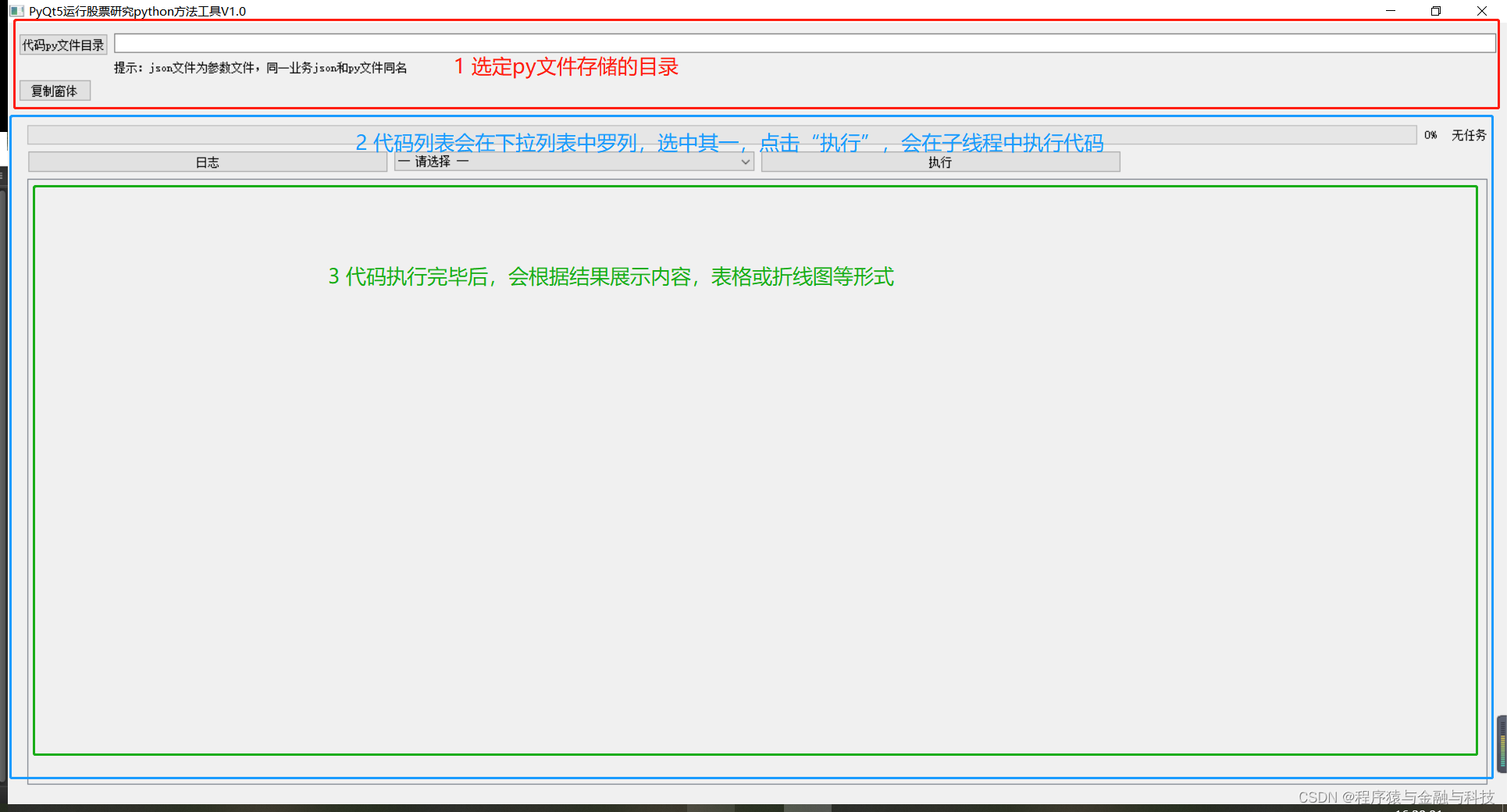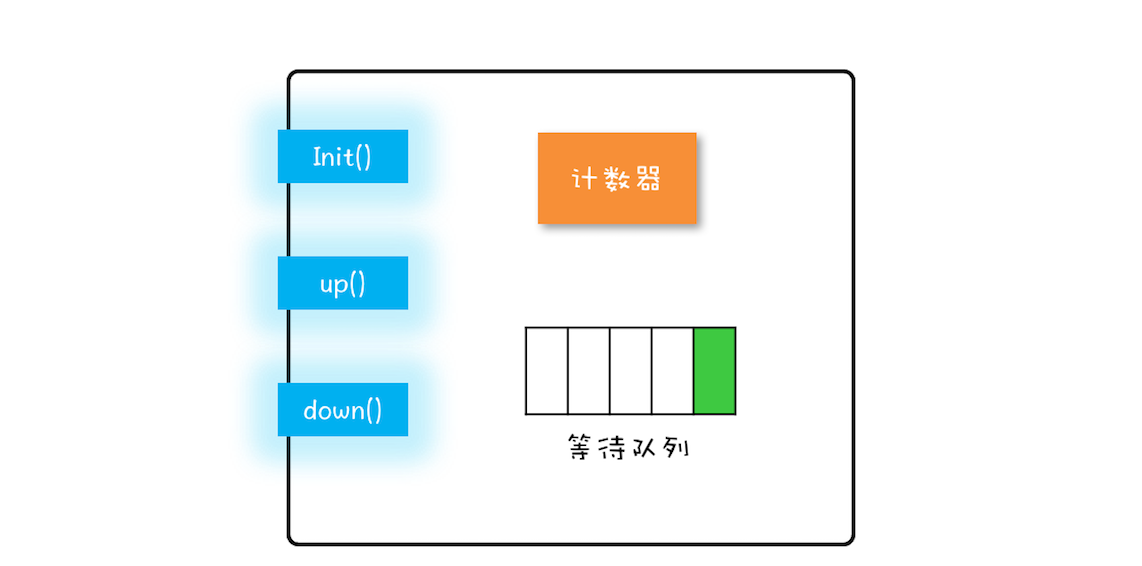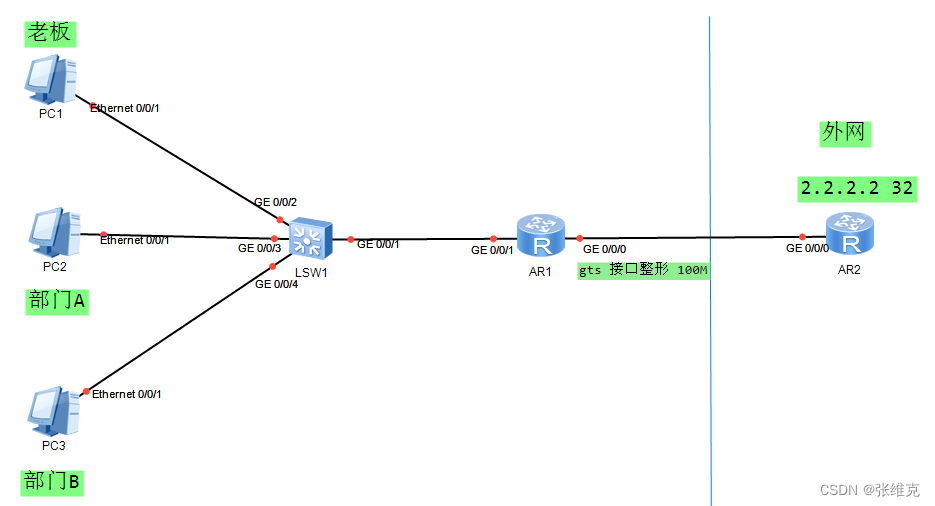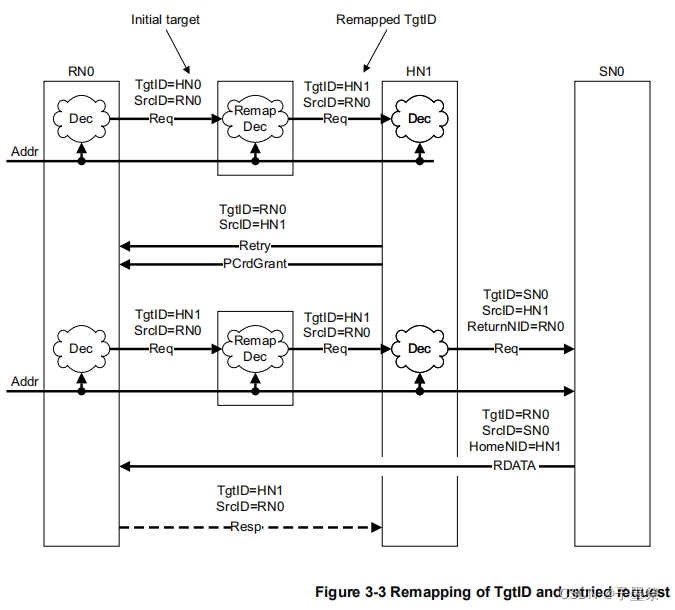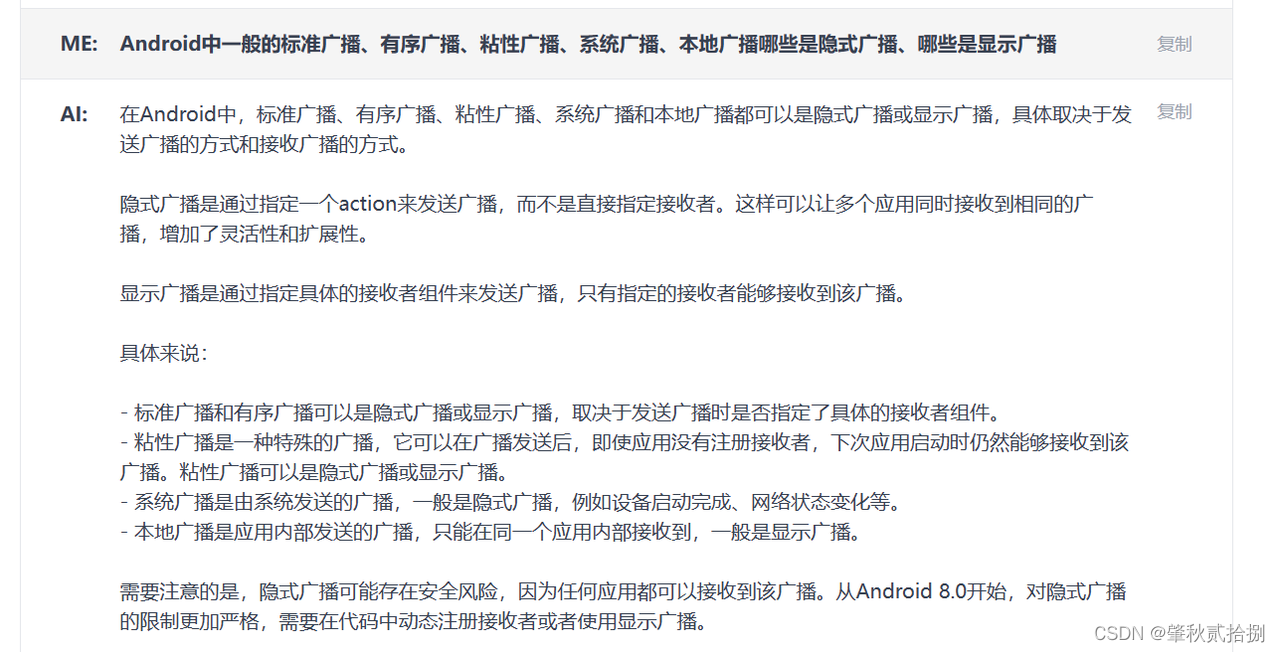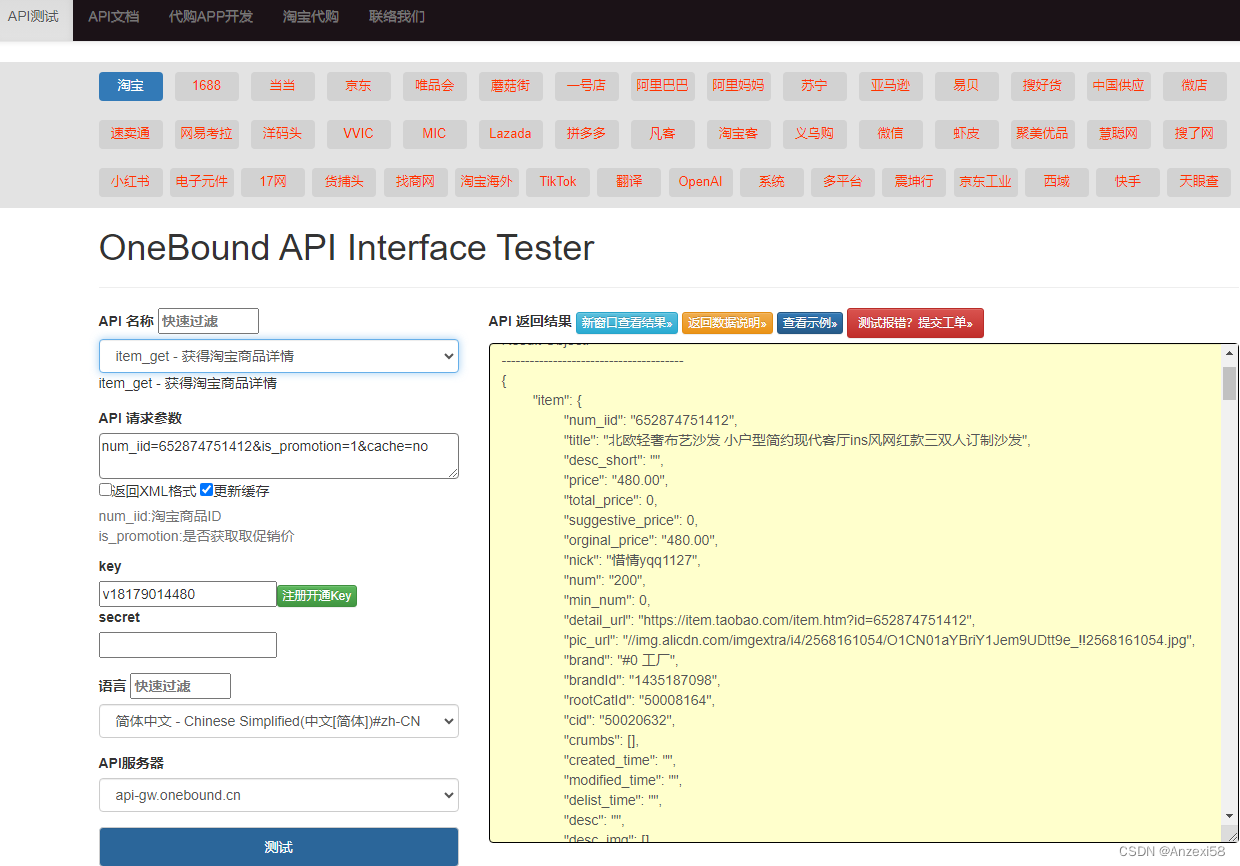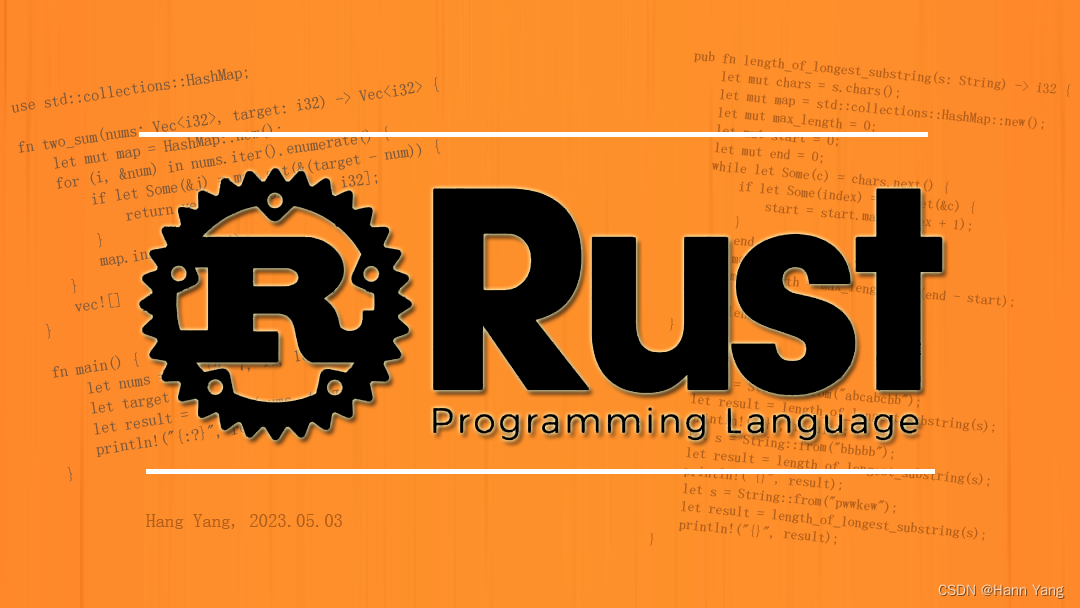
复数
基本概念
复数定义
由实数部分和虚数部分所组成的数,形如a+bi 。
其中a、b为实数,i 为“虚数单位”,i² = -1,即虚数单位的平方等于-1。
a、b分别叫做复数a+bi的实部和虚部。
当b=0时,a+bi=a 为实数;
当b≠0时,a+bi 又称虚数;
当b≠0、a=0时,bi 称为纯虚数。
实数和虚数都是复数的子集。如同实数可以在数轴上表示一样复数也可以在平面上表示,复数x+yi以坐标点(x,y)来表示。表示复数的平面称为“复平面”。
复数相等
两个复数不能比较大小,但当个两个复数的实部和虚部分别相等时,即表示两个复数相等。
共轭复数
如果两个复数的实部相等,虚部互为相反数,那么这两个复数互为共轭复数。
复数的模
复数的实部与虚部的平方和的正的平方根的值称为该复数的模,数学上用与绝对值“|z|”相同的符号来表示。虽然从定义上是不相同的,但两者的物理意思都表示“到原点的距离”。
复数的四则运算
加法(减法)法则
复数的加法法则:设z1=a+bi,z2 =c+di是任意两个复数。两者和的实部是原来两个复数实部的和,它的虚部是原来两个虚部的和。两个复数的和依然是复数。
即(a+bi)±(c+di)=(a±c)+(b±d)
乘法法则
复数的乘法法则:把两个复数相乘,类似两个多项式相乘,结果中i²=-1,把实部与虚部分别合并。两个复数的积仍然是一个复数。
即(a+bi)(c+di)=(ac-bd)+(bc+ad)i
除法法则
复数除法法则:满足(c+di)(x+yi)=(a+bi)的复数x+yi(x,y∈R)叫复数a+bi除以复数c+di的商。
运算方法:可以把除法换算成乘法做,将分子分母同时乘上分母的共轭复数,再用乘法运算。
即(a+bi)/(c+di)=(a+bi)(c-di)/(c*c+d*d)=[(ac+bd)+(bc-ad)i]/(c*c+d*d)
复数的Rust代码实现
结构定义
Rust语言中,没有像python一样内置complex复数数据类型,我们可以用两个浮点数分别表示复数的实部和虚部,自定义一个结构数据类型,表示如下:
struct Complex {
real: f64,
imag: f64,
}
示例代码:
#[derive(Debug)]
struct Complex {
real: f64,
imag: f64,
}
impl Complex {
fn new(real: f64, imag: f64) -> Self {
Complex { real, imag }
}
}
fn main() {
let z = Complex::new(3.0, 4.0);
println!("{:?}", z);
println!("{} + {}i", z.real, z.imag);
}注意:#[derive(Debug)] 自动定义了复数结构的输出格式,如以上代码输出如下:
Complex { real: 3.0, imag: 4.0 }
3 + 4i
重载四则运算
复数数据结构不能直接用加减乘除来做复数运算,需要导入标准库ops的运算符:
use std::ops::{Add, Sub, Mul, Div, Neg};
Add, Sub, Mul, Div, Neg 分别表示加减乘除以及相反数,类似C++或者python语言中“重载运算符”的概念。
根据复数的运算法则,写出对应代码:
fn add(self, other: Complex) -> Complex {
Complex {
real: self.real + other.real,
imag: self.imag + other.imag,
}
}fn sub(self, other: Complex) -> Complex {
Complex {
real: self.real - other.real,
imag: self.imag - other.imag,
}
}fn mul(self, other: Complex) -> Complex {
let real = self.real * other.real - self.imag * other.imag;
let imag = self.real * other.imag + self.imag * other.real;
Complex { real, imag }
}fn div(self, other: Complex) -> Complex {
let real = (self.real * other.real + self.imag * other.imag) / (other.real * other.real + other.imag * other.imag);
let imag = (self.imag * other.real - self.real * other.imag) / (other.real * other.real + other.imag * other.imag);
Complex { real, imag }
}fn neg(self) -> Complex {
Complex {
real: -self.real,
imag: -self.imag,
}
}
Rust 重载运算的格式,请见如下示例代码:
use std::ops::{Add, Sub, Mul, Div, Neg};
#[derive(Clone, Debug, PartialEq)]
struct Complex {
real: f64,
imag: f64,
}
impl Complex {
fn new(real: f64, imag: f64) -> Self {
Complex { real, imag }
}
fn conj(&self) -> Self {
Complex { real: self.real, imag: -self.imag }
}
fn abs(&self) -> f64 {
(self.real * self.real + self.imag * self.imag).sqrt()
}
}
fn abs(z: Complex) -> f64 {
(z.real * z.real + z.imag * z.imag).sqrt()
}
impl Add<Complex> for Complex {
type Output = Complex;
fn add(self, other: Complex) -> Complex {
Complex {
real: self.real + other.real,
imag: self.imag + other.imag,
}
}
}
impl Sub<Complex> for Complex {
type Output = Complex;
fn sub(self, other: Complex) -> Complex {
Complex {
real: self.real - other.real,
imag: self.imag - other.imag,
}
}
}
impl Mul<Complex> for Complex {
type Output = Complex;
fn mul(self, other: Complex) -> Complex {
let real = self.real * other.real - self.imag * other.imag;
let imag = self.real * other.imag + self.imag * other.real;
Complex { real, imag }
}
}
impl Div<Complex> for Complex {
type Output = Complex;
fn div(self, other: Complex) -> Complex {
let real = (self.real * other.real + self.imag * other.imag) / (other.real * other.real + other.imag * other.imag);
let imag = (self.imag * other.real - self.real * other.imag) / (other.real * other.real + other.imag * other.imag);
Complex { real, imag }
}
}
impl Neg for Complex {
type Output = Complex;
fn neg(self) -> Complex {
Complex {
real: -self.real,
imag: -self.imag,
}
}
}
fn main() {
let z1 = Complex::new(2.0, 3.0);
let z2 = Complex::new(3.0, 4.0);
let z3 = Complex::new(3.0, -4.0);
// 复数的四则运算
let complex_add = z1.clone() + z2.clone();
println!("{:?} + {:?} = {:?}", z1, z2, complex_add);
let complex_sub = z1.clone() - z2.clone();
println!("{:?} - {:?} = {:?}", z1, z2, complex_sub);
let complex_mul = z1.clone() * z2.clone();
println!("{:?} * {:?} = {:?}", z1, z2, complex_mul);
let complex_div = z2.clone() / z3.clone();
println!("{:?} / {:?} = {:?}", z1, z2, complex_div);
// 对比两个复数是否相等
println!("{:?}", z1 == z2);
// 共轭复数
println!("{:?}", z2 == z3.conj());
// 复数的相反数
println!("{:?}", z2 == -z3.clone() + Complex::new(6.0,0.0));
// 复数的模
println!("{}", z1.abs());
println!("{}", z2.abs());
println!("{}", abs(z3));
}
输出:
Complex { real: 2.0, imag: 3.0 } + Complex { real: 3.0, imag: 4.0 } = Complex { real: 5.0, imag: 7.0 }
Complex { real: 2.0, imag: 3.0 } - Complex { real: 3.0, imag: 4.0 } = Complex { real: -1.0, imag: -1.0 }
Complex { real: 2.0, imag: 3.0 } * Complex { real: 3.0, imag: 4.0 } = Complex { real: -6.0, imag: 17.0 }
Complex { real: 2.0, imag: 3.0 } / Complex { real: 3.0, imag: 4.0 } = Complex { real: -0.28, imag: 0.96 }
false
true
true
3.605551275463989
5
5
示例代码中,同时还定义了复数的模 abs(),共轭复数 conj()。
两个复数的相等比较 z1 == z2,需要 #[derive(PartialEq)] 支持。
自定义 trait Display
复数结构的原始 Debug trait 表达的输出格式比较繁复,如:
Complex { real: 2.0, imag: 3.0 } + Complex { real: 3.0, imag: 4.0 } = Complex { real: 5.0, imag: 7.0 }
想要输出和数学中相同的表达(如 a + bi),需要自定义一个 Display trait,代码如下:
impl std::fmt::Display for Complex {
fn fmt(&self, formatter: &mut std::fmt::Formatter) -> std::fmt::Result {
if self.imag == 0.0 {
formatter.write_str(&format!("{}", self.real))
} else {
let (abs, sign) = if self.imag > 0.0 {
(self.imag, "+" )
} else {
(-self.imag, "-" )
};
if abs == 1.0 {
formatter.write_str(&format!("({} {} i)", self.real, sign))
} else {
formatter.write_str(&format!("({} {} {}i)", self.real, sign, abs))
}
}
}
}
输出格式分三种情况:虚部为0,正数和负数。另外当虚部绝对值为1时省略1仅输出i虚数单位。
完整代码如下:
use std::ops::{Add, Sub, Mul, Div, Neg};
#[derive(Clone, PartialEq)]
struct Complex {
real: f64,
imag: f64,
}
impl std::fmt::Display for Complex {
fn fmt(&self, formatter: &mut std::fmt::Formatter) -> std::fmt::Result {
if self.imag == 0.0 {
formatter.write_str(&format!("{}", self.real))
} else {
let (abs, sign) = if self.imag > 0.0 {
(self.imag, "+" )
} else {
(-self.imag, "-" )
};
if abs == 1.0 {
formatter.write_str(&format!("({} {} i)", self.real, sign))
} else {
formatter.write_str(&format!("({} {} {}i)", self.real, sign, abs))
}
}
}
}
impl Complex {
fn new(real: f64, imag: f64) -> Self {
Complex { real, imag }
}
fn conj(&self) -> Self {
Complex { real: self.real, imag: -self.imag }
}
fn abs(&self) -> f64 {
(self.real * self.real + self.imag * self.imag).sqrt()
}
}
fn abs(z: Complex) -> f64 {
(z.real * z.real + z.imag * z.imag).sqrt()
}
impl Add<Complex> for Complex {
type Output = Complex;
fn add(self, other: Complex) -> Complex {
Complex {
real: self.real + other.real,
imag: self.imag + other.imag,
}
}
}
impl Sub<Complex> for Complex {
type Output = Complex;
fn sub(self, other: Complex) -> Complex {
Complex {
real: self.real - other.real,
imag: self.imag - other.imag,
}
}
}
impl Mul<Complex> for Complex {
type Output = Complex;
fn mul(self, other: Complex) -> Complex {
let real = self.real * other.real - self.imag * other.imag;
let imag = self.real * other.imag + self.imag * other.real;
Complex { real, imag }
}
}
impl Div<Complex> for Complex {
type Output = Complex;
fn div(self, other: Complex) -> Complex {
let real = (self.real * other.real + self.imag * other.imag) / (other.real * other.real + other.imag * other.imag);
let imag = (self.imag * other.real - self.real * other.imag) / (other.real * other.real + other.imag * other.imag);
Complex { real, imag }
}
}
impl Neg for Complex {
type Output = Complex;
fn neg(self) -> Complex {
Complex {
real: -self.real,
imag: -self.imag,
}
}
}
fn main() {
let z1 = Complex::new(2.0, 3.0);
let z2 = Complex::new(3.0, 4.0);
let z3 = Complex::new(3.0, -4.0);
// 复数的四则运算
let complex_add = z1.clone() + z2.clone();
println!("{} + {} = {}", z1, z2, complex_add);
let z = Complex::new(1.5, 0.5);
println!("{} + {} = {}", z, z, z.clone() + z.clone());
let complex_sub = z1.clone() - z2.clone();
println!("{} - {} = {}", z1, z2, complex_sub);
let complex_sub = z1.clone() - z1.clone();
println!("{} - {} = {}", z1, z1, complex_sub);
let complex_mul = z1.clone() * z2.clone();
println!("{} * {} = {}", z1, z2, complex_mul);
let complex_mul = z2.clone() * z3.clone();
println!("{} * {} = {}", z2, z3, complex_mul);
let complex_div = z2.clone() / z3.clone();
println!("{} / {} = {}", z1, z2, complex_div);
let complex_div = Complex::new(1.0,0.0) / z2.clone();
println!("1 / {} = {}", z2, complex_div);
// 对比两个复数是否相等
println!("{:?}", z1 == z2);
// 共轭复数
println!("{:?}", z2 == z3.conj());
// 复数的相反数
println!("{:?}", z2 == -z3.clone() + Complex::new(6.0,0.0));
// 复数的模
println!("{}", z1.abs());
println!("{}", z2.abs());
println!("{}", abs(z3));
}输出:
(2 + 3i) + (3 + 4i) = (5 + 7i)
(1.5 + 0.5i) + (1.5 + 0.5i) = (3 + i)
(2 + 3i) - (3 + 4i) = (-1 - i)
(2 + 3i) - (2 + 3i) = 0
(2 + 3i) * (3 + 4i) = (-6 + 17i)
(3 + 4i) * (3 - 4i) = 25
(2 + 3i) / (3 + 4i) = (-0.28 + 0.96i)
1 / (3 + 4i) = (0.12 - 0.16i)
false
true
true
3.605551275463989
5
5
小结
如此,复数的四则运算基本都实现了,当然复数还有三角表示式和指数表示式,根据它们的数学定义写出相当代码应该不是很难。有了复数三角式,就能方便地定义出复数的开方运算,有空可以写写这方面的代码。
本文完


